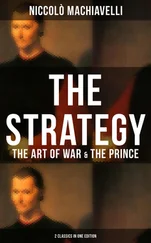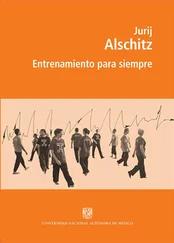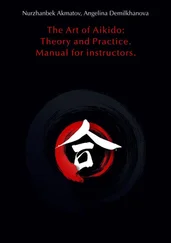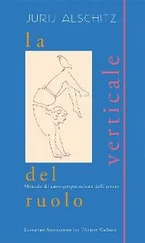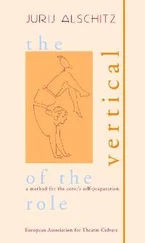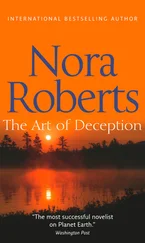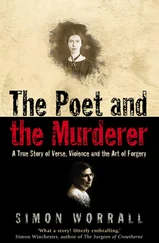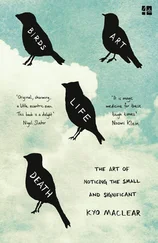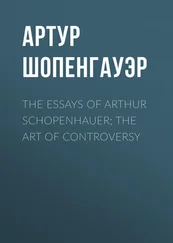Coming across different types of interaction of characters on stage in the theory of theatre and in my pedagogical and directing work, I have tried to classify them. It turned out that each form of communication has its own working title. You should think of them exactly as they are: as “working” and not academic terms. Maybe the terms are not always accurate, and I myself do not completely agree with some, but it always helped me to understand how to work with one or other type of pair work in a scene. I think that one or another classification, which you can meet in literature, will help you not only to learn to distinguish dialogue from conversation, games or disputes, but also to make your own divisions of forms of on-stage communication, to define their different types and, using all of that as a starting point, create your own working methodology. Here are a few main types of communication which I have found in my old drama school notebook.
The battery
The point of this communication arises only in the context of two opponents. If there’s no opposition, it’s not working. The participants, who are exchanging points of view, somehow help each other. Their pair only exists because of their exchange and because they are together. Their communication reminds one of a battery. It will work only when there are two poles (+) and (-). The energy of such an interaction only arises when the whole sum of positions, opinions and knowledge is upheld by the two different “I”s.
This is how many dialogues in commedia dell’arte are constructed, for example, early character comedies: the servant and his master.
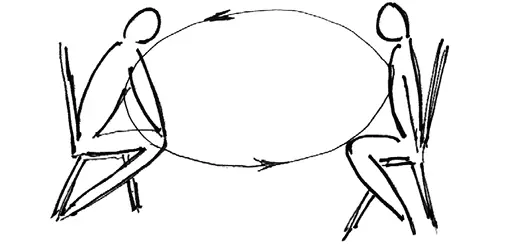
I plus I
This interaction, although it looks like a normal exchange of lines, nevertheless, it has different themes, different contexts, which are absolutely foreign to each other. That’s why in fact it isn’t a dialogue but the existence of its two participants in two different monologues.
For that we can find a lot of examples in Chekhov’s plays: one talks about means to fight balding while the other talks about the essence of human happiness.
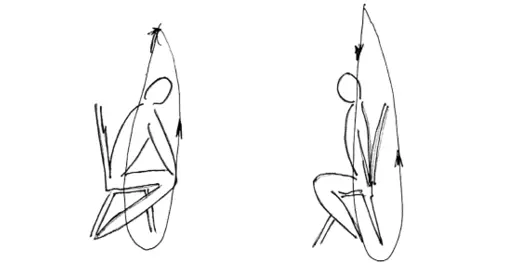 Higher “I”
Higher “I”
In this type of interaction, there exists a higher “I”, which, has distributed lines among participants of the dialogue, in times and situations. For example, the playwright, who himself divided up the positions and leads the interactions the whole way. The participants have the function of executors but not creators. The centre of meaning does not rest on one of the participants of the dialogue but is placed higher than them – in the higher “I”.
An example of this are Plato’s dialogues and a number of plays of ancient dramaturgy.

An agreed game
This is when the participants have previously defined one main theme and one point of view on it. There are no differences of opinion between them, they voluntarily, according to a prior agreement, take up different positions for the game. Furthermore, there is no guarantee that they agree on what they are saying and standing up for. Their opinions can freely be swapped and muddled up between each other. In this way, they confuse the spectator, who has not guessed that they have agreed to this game, and they force the spectator himself to search for the truth. It’s not an argument, not a discussion, but an imitation of arguments and discussions, a game within a game.
Look at Molière’s comedies and Shakespeare. This game appears in the dialogues of Plato, too.
If the agreement is set up openly at the beginning of such a game, then the spectator will follow, with excitement, how this agreement is played out, and each actor follows where he and his partner is, at any given moment, relative to the agreement, how they can sharpen the game, how to spice it up. In other words, they follow to see which way the agreement is realised by the actors’ improvisations.
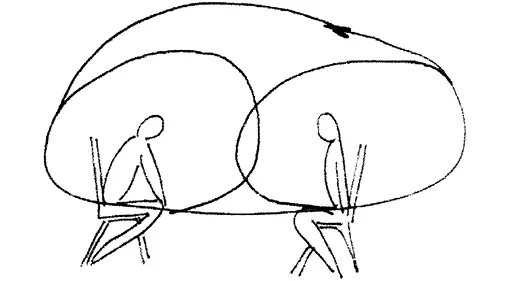
The duel
This is often not real dramatic action, but a verbal skirmish, a quick exchange of short phrases. Each waits for the other’s line before they can reply. The text which they speak is not as important as the shift in context which it brings. What’s important is the form of the reply – theatrical, literary – and the paradoxical nature of the question and answer.
Look at Oscar Wilde’s plays, for example, they have series of contextual explosions. The shorter the line, the more likely is the change of context. And that is of value here, first and foremost.
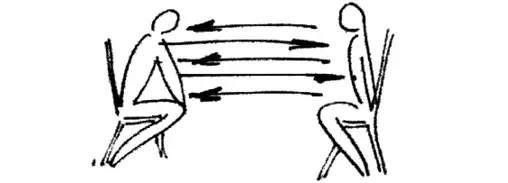
Gentleman’s discourse
Конец ознакомительного фрагмента.
Текст предоставлен ООО «ЛитРес».
Прочитайте эту книгу целиком, купив полную легальную версию на ЛитРес.
Безопасно оплатить книгу можно банковской картой Visa, MasterCard, Maestro, со счета мобильного телефона, с платежного терминала, в салоне МТС или Связной, через PayPal, WebMoney, Яндекс.Деньги, QIWI Кошелек, бонусными картами или другим удобным Вам способом.
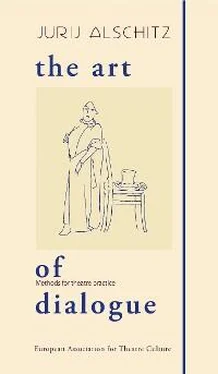

 Higher “I”
Higher “I”



